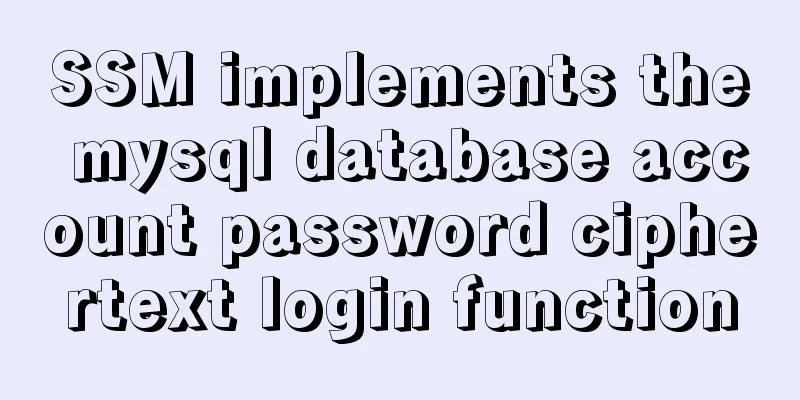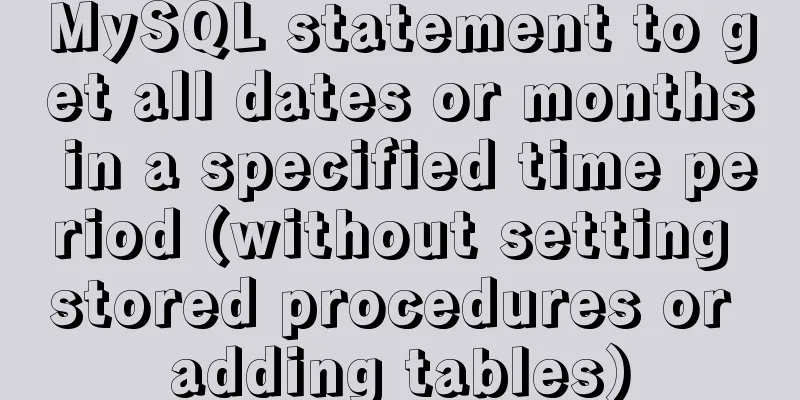How to use Vue cache function

Cache function in vue2There is such a cache function in the vue2 version
/**
* Create a cached version of a pure function.
*/
function cached (fn) {
var cache = Object.create(null);
return (function cachedFn (str) {
var hit = cache[str];
return hit || (cache[str] = fn(str))
})
}
The above function has a common scenario, for example, there is an array and the first letter of each element needs to be converted to uppercase. const array = ['abc', 'ed', 'abc', 'acd', 'ed', 'fkg', ...]; Common solutions
// Define a capitalize function function capitalize (str) {
return str.charAt(0).toUpperCase() + str.slice(1)
};
const capitalizeArray = array.map(capitalize);
If we are careful, we will find that there are many repeated elements in the array. They return the same results. In fact, there is no need to repeat the calculation to execute capitalize. Moreover, capitalize is a PURE function. At this time, we can use the cached function above to make a memo. The transformation is as follows
function capitalize(str) {
return str.charAt(0).toUpperCase() + str.slice(1)
};
const capitalizeArray = array.map(cached(capitalize));
When a duplicate string is encountered, the cached result will be returned directly. Consider that capitalization is a very time-consuming task, and performance optimization requires more than a little bit. Transform vue cache functionThe above example is a pure function of the cache synchronization task. In business development, there is such a scenario: input box search. When the input box triggers an input event, we will call the interface to return the query results. For example, I entered the keyword Nuggets and the result was returned, and then I entered Nuggets NBA and the result was returned. At this time, I deleted NBA and searched for Nuggets again. In fact, we have checked this result before. If it is cached, we can directly pull the cache without calling the interface again. We implement a memo for caching asynchronous pure functions based on cache
const cachedAsync = function(fn) {
const cache = Object.create(null);
return async str => {
const hit = cache[str];
if (hit) {
return hit;
}
// Only cache successful Promises, and directly re-request return if failed (cache[str] = await fn(str));
};
};
Usage scenarios
const cachedAsyncQueryPrdList = cachedAsync(prdNo => {
// The following is a request operation, returning a promise
return queryPrdList({
prdNo
});
});
<template>
<el-input v-model="prdNo" placeholder="Please enter the product code" @input="handleQueryPrdList" />
<el-select>
<el-option v-for="item in prdList" :label="item.label" :value="item.value">
</el-select>
</template>
<script>
export default {
data() {
prdNo: '',
prdList: [],
},
methods: {
async handleQueryPrdList() {
const { data } = await cachedAsyncQueryPrdList(this.prdNo);
this.prdList = data;
}
}
}
</script>
The above implementation means that when the same keyword is entered, if the previous request was successful, the cache is directly pulled up without making a new request to the server. Because our memo will only cache successful promises. optimizationFor the above scenario, although the el-input underlying layer has used compositionEnd and compositionStart events to do a layer of anti-shake, the input event will only be triggered when the text is actually entered on the screen. But this is not enough. If the user types very quickly, several requests may be sent per second, increasing the burden on the server. Therefore, this type of function is generally used in conjunction with the anti-shake function. Anti-shake function
const debounce = (fn, ms = 300) => {
let timeoutId;
return function(...args) {
clearTimeout(timeoutId);
timeoutId = setTimeout(() => fn.apply(this, args), ms);
};
};
Then use it with our cachedAsync
const cachedAsyncQueryPrdList = cachedAsync(prdNo => {
// The following is an ajax request operation, returning a promise
return queryPrdList({
prdNo
});
});
<template>
<el-input v-model="prdNo" placeholder="Please enter the product code" @input="debounceQueryPrdListFn" />
<el-select>
<el-option v-for="item in prdList" :label="item.label" :value="item.value">
</el-select>
</template>
<script>
const noop = () => {};
export default {
data() {
prdNo: '',
prdList: [],
debounceQueryPrdListFn: noop,
},
created() {
this.debounceQueryPrdListFn = debounce(this.handleQueryPrdList);
},
methods: {
async handleQueryPrdList() {
const { data } = await cachedAsyncQueryPrdList(this.prdNo);
this.prdList = data;
}
}
}
</script>
This implementation has been used stably in the production environment, so you can use it with confidence. SummarizeThis is the end of this article on how to use Vue cache functions. For more information on how to use Vue cache functions, please search for previous articles on 123WORDPRESS.COM or continue to browse the following related articles. I hope you will support 123WORDPRESS.COM in the future! You may also be interested in:
|
<<: Briefly describe how to install Tomcat image and deploy web project in Docker
>>: Solve the problem of combining AND and OR in MySQL
Recommend
Solution to the problem that mysql cannot start after modifying the default path of the database
Preface When mysql modified the default database ...
Tomcat+Mysql high concurrency configuration optimization explanation
1.Tomcat Optimization Configuration (1) Change To...
Solution to the error reported by Mysql systemctl start mysqld
Error message: Job for mysqld.service failed beca...
Several common methods for passing additional parameters when submitting a form
When submitting a form, you may encounter situatio...
HTML basic summary recommendation (title)
HTML: Title Heading is defined by tags such as &l...
The problem of two requests when the src attribute value of the img tag is empty (non-IE browser)
When the img src value is empty, two requests are ...
How to enable MySQL remote connection in Linux server
Preface Learn MySQL to reorganize previous non-MK...
Analysis of the reasons why MySQL's index system uses B+ tree
Table of contents 1. What is an index? 2. Why do ...
Three ways to communicate between Docker containers
We all know that Docker containers are isolated f...
Web page image optimization tools and usage tips sharing
As a basic element of a web page, images are one ...
MySQL Database Basics: A Summary of Basic Commands
Table of contents 1. Use help information 2. Crea...
How to deploy nextcloud network disk using docker
NextCloud You can share any files or folders on y...
Detailed process of installing Presto and connecting Hive in Docker
1. Introduction Presto is an open source distribu...
Tomcat multi-instance deployment and configuration principles
1. Turn off the firewall and transfer the softwar...
Mobile front-end adaptation solution (summary)
I searched online and found that many interviews ...









